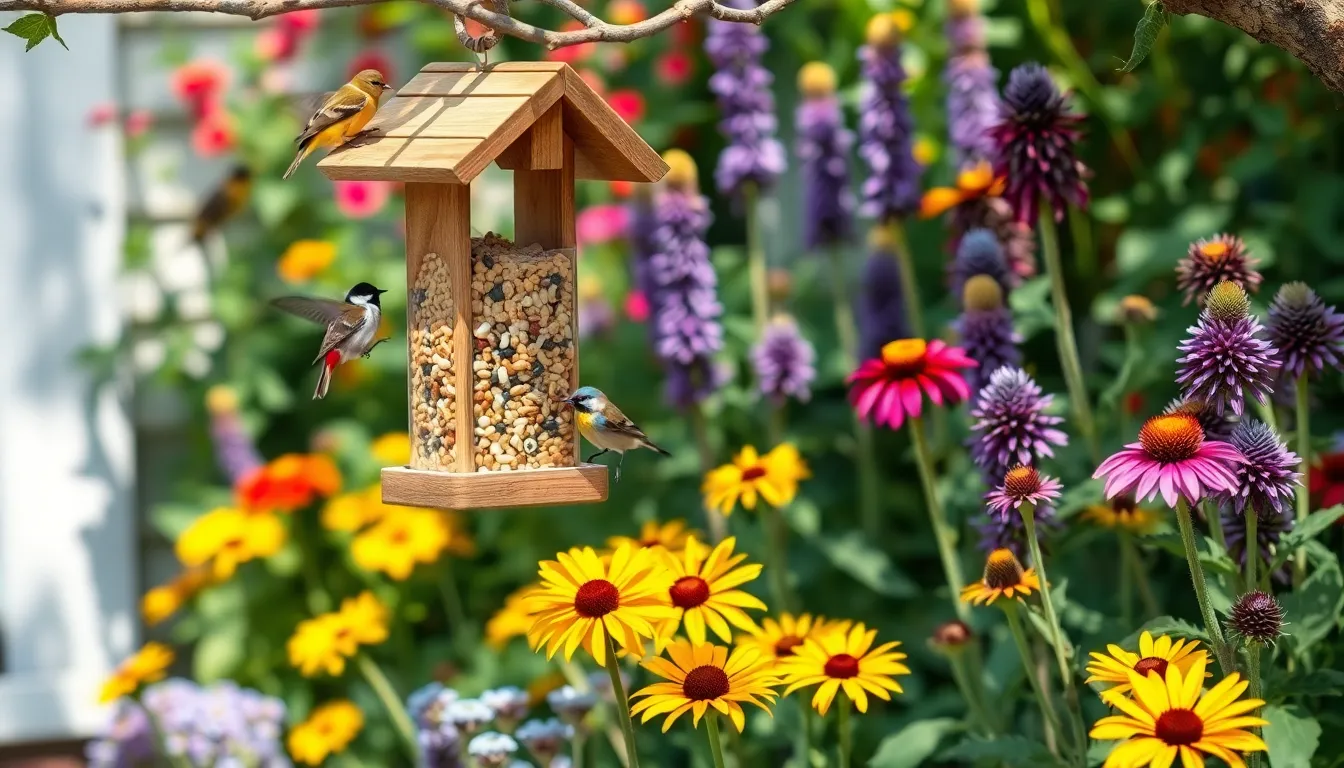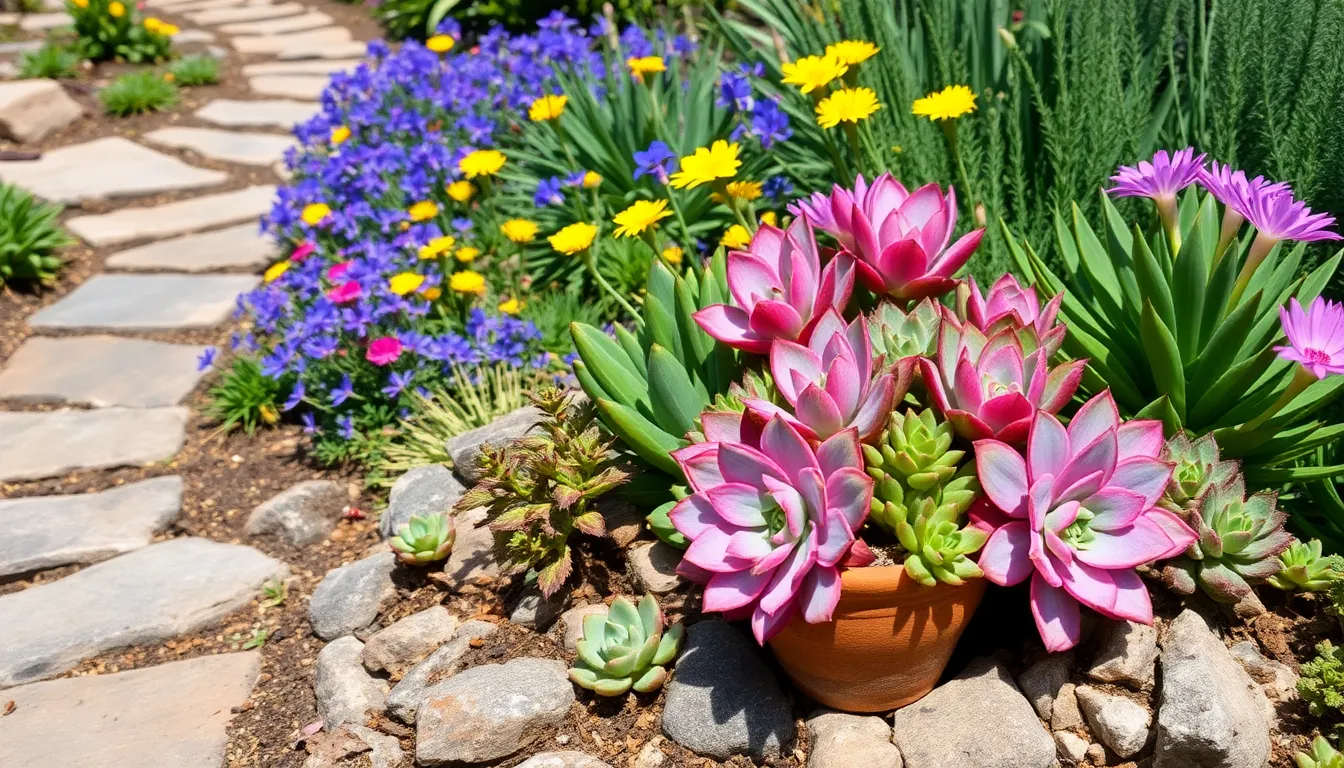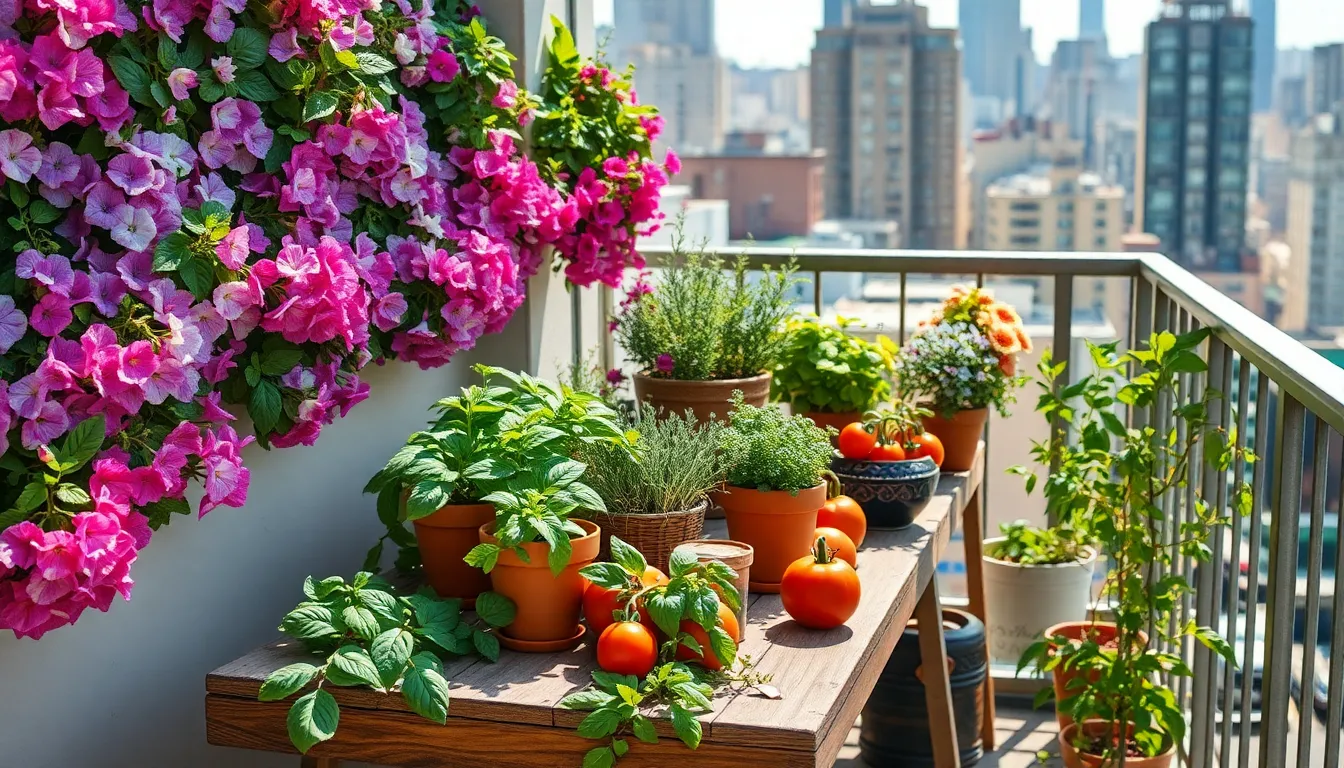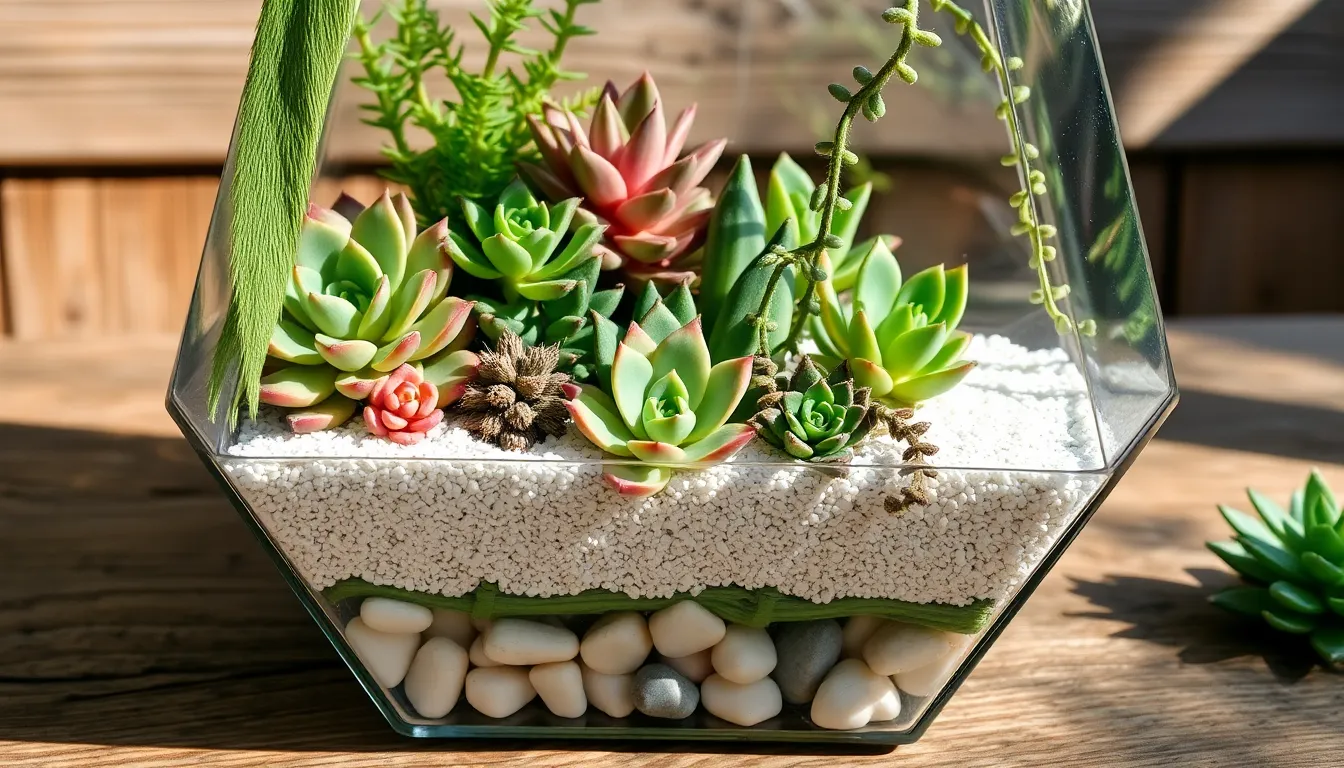Imagine stepping into your garden and being greeted by the delightful chorus of birdsong, a natural symphony that can transform any space into a lively sanctuary. Attracting birds to your garden not only enhances its beauty and serenity but also plays a crucial role in supporting local ecosystems, as these feathered friends help with pest control and pollination. Whether you’re a seasoned gardener with a flourishing landscape or a beginner eager to make your garden more vibrant, inviting birds can be a rewarding endeavor that breathes new life into your outdoor haven.
In this article, you’ll discover practical strategies to create a bird-friendly environment that will have your garden bustling with avian activity. We will explore the essentials of providing food, water, and shelter that cater to the needs of various bird species, ensuring your garden becomes a favored destination. You’ll learn how to select the right plants, set up feeders and birdbaths, and create safe nesting spots, all tailored to suit both small balconies and expansive backyards. Embark on this journey, and you’ll soon find that attracting birds is not just about enhancing your garden; it’s about creating a vibrant, living ecosystem right outside your door.
Select Native Plant Species
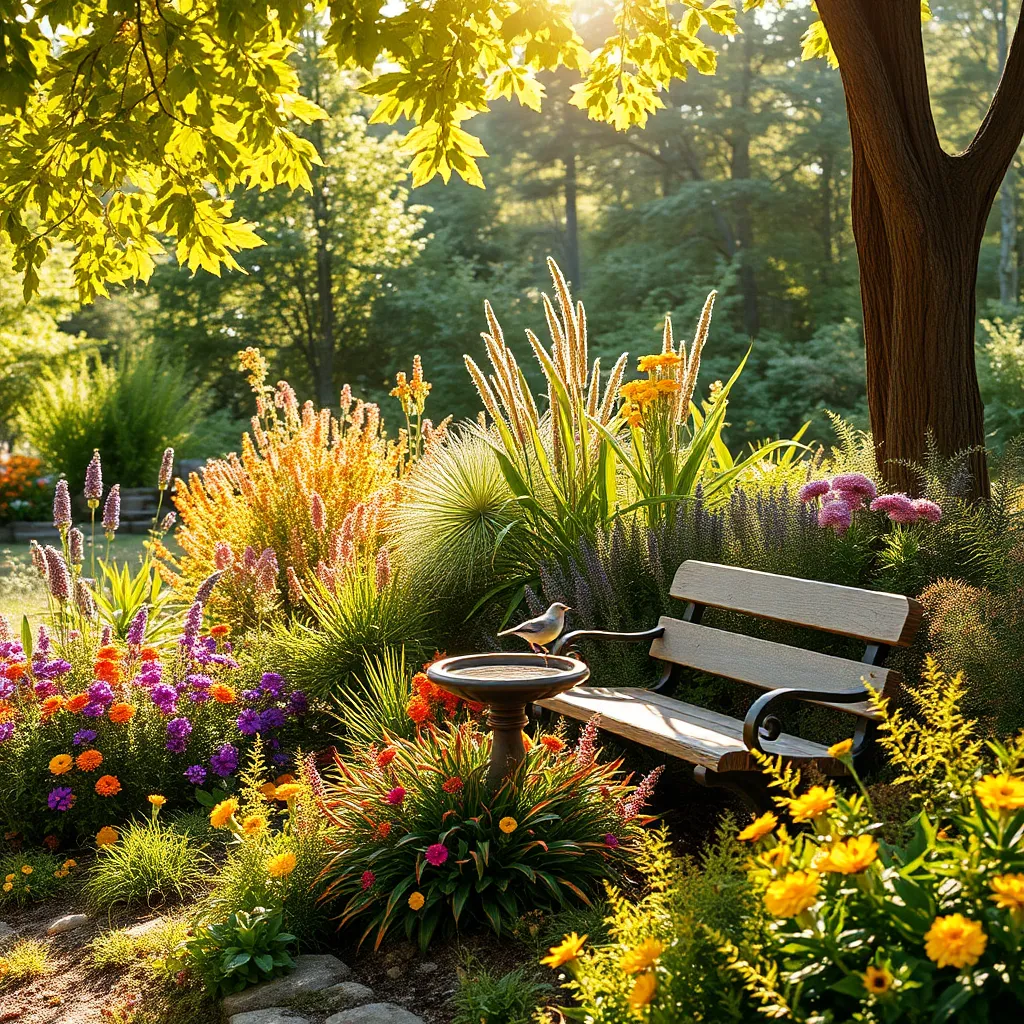
Choosing native plant species is a fantastic strategy to attract birds to your garden. Native plants are adapted to the local environment, making them easier to grow and maintain compared to exotic species.
Consider the soil type and sunlight availability in your garden when selecting plants. Native species often thrive in the conditions typical of their natural habitat, so matching these conditions in your garden is crucial.
For beginners, start with a few easy-to-grow options such as coneflowers, milkweeds, or goldenrods. These plants not only provide food but also serve as excellent nesting sites for various bird species.
Advanced gardeners might experiment with a mix of trees, shrubs, and perennials to create a multi-layered habitat. This approach offers diverse food sources and shelter opportunities, enhancing the ecological balance of your garden.
Regularly water your new native plants until they are well established, particularly during dry spells. Once established, many native plants require minimal watering and little to no fertilization, making them a sustainable choice for your garden.
Install a Bird Bath
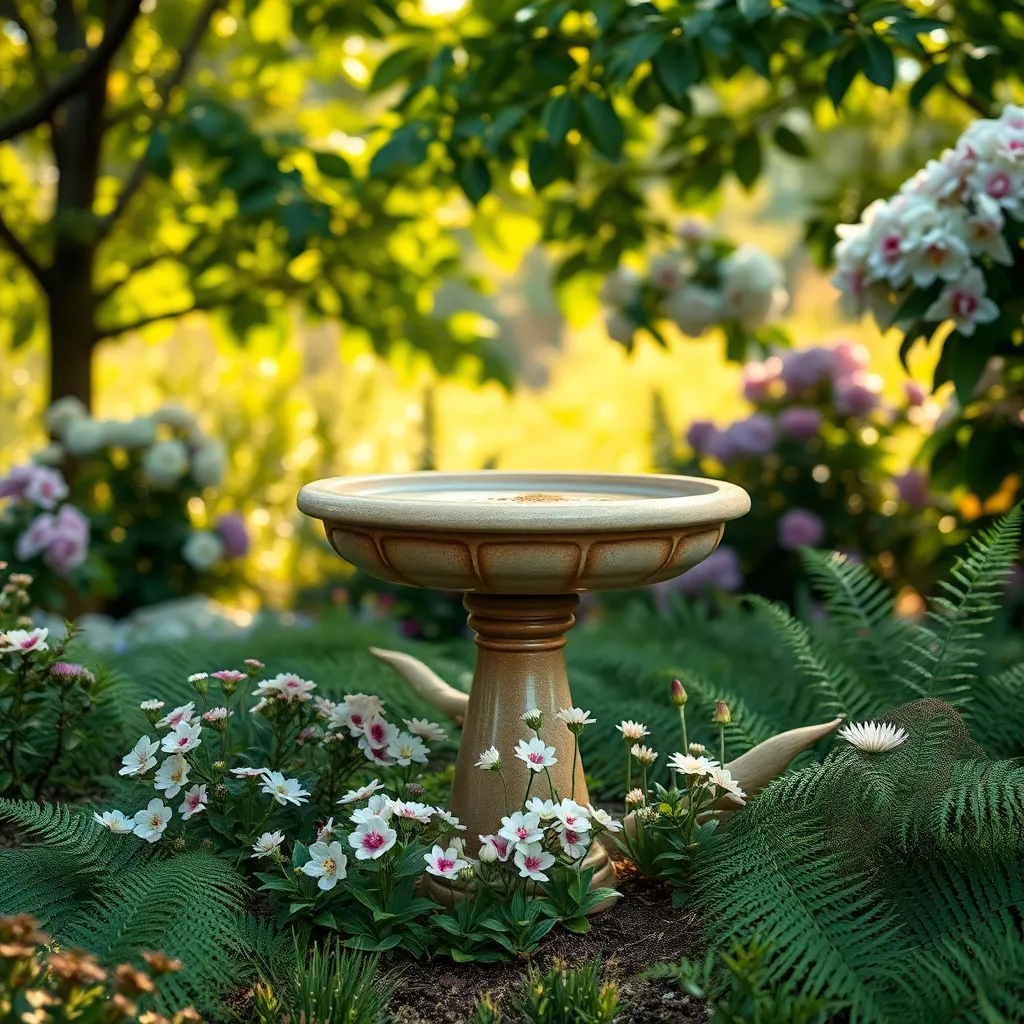
Adding a bird bath to your garden is a simple yet effective way to attract more birds. Birds are drawn to water sources for drinking and bathing, making a bird bath an essential feature in any bird-friendly garden.
When selecting a bird bath, consider one with a shallow basin to accommodate a variety of bird species. A depth of two inches is ideal for small birds, while a gentle slope allows even larger birds to access the water comfortably.
Place the bird bath in a spot that offers some protection from predators. Position it near shrubs or trees, providing birds with a quick escape route and a place to perch and preen after bathing.
Maintenance is key to keeping your bird bath attractive and safe for birds. Change the water daily to prevent the growth of algae and mosquito larvae, and scrub the basin weekly with a brush to remove dirt and debris.
Provide Nutritious Bird Feeders
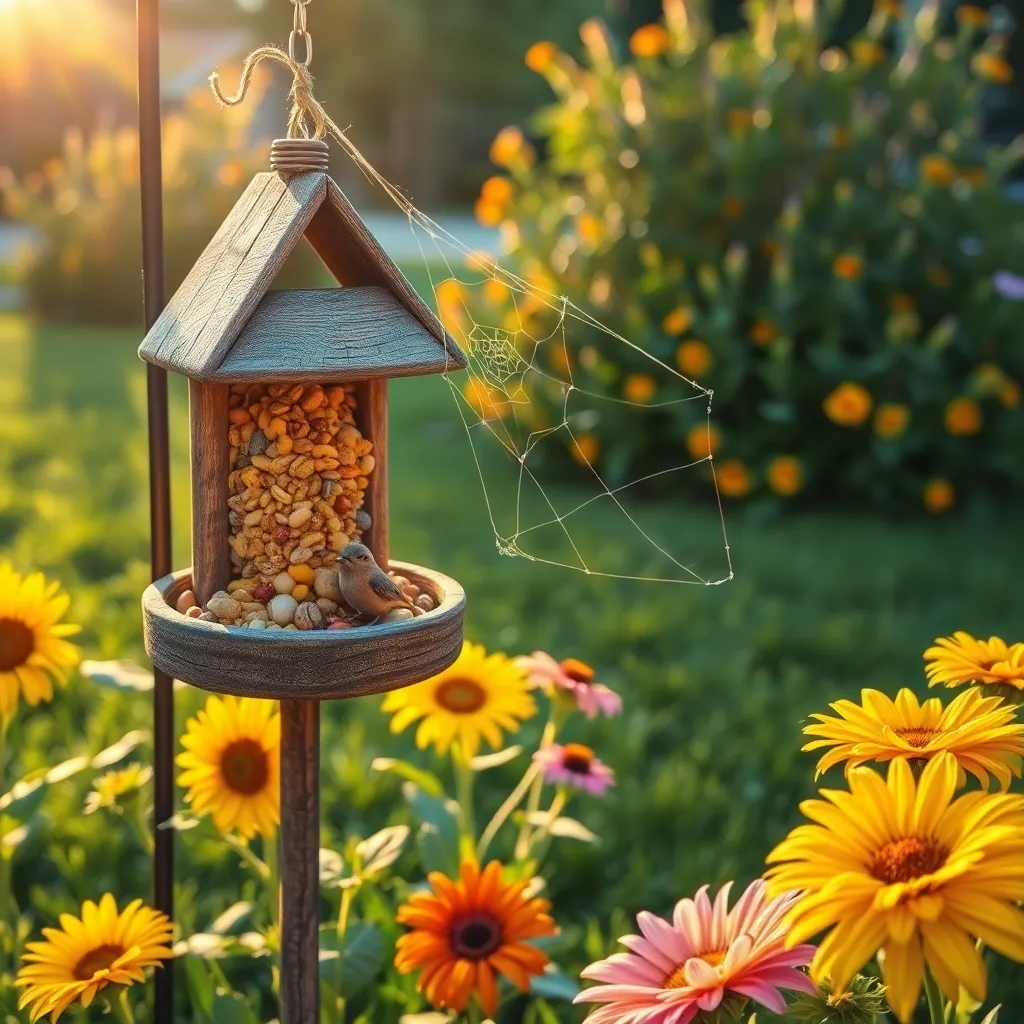
To attract birds effectively, providing nutritious bird feeders in your garden is essential. Opt for quality bird feed that includes a mix of seeds, fruits, and nuts to cater to a variety of bird species.
Begin by selecting a bird feeder that suits the size and type of birds you wish to attract. Tube feeders are excellent for small birds like finches, whereas platform feeders can accommodate larger species such as cardinals and jays.
Place your bird feeders in locations that are safe and accessible for birds, yet out of reach of predators. Ideally, position them near trees or shrubs, which offer birds a quick escape route and a natural environment to feed in.
Regularly clean your bird feeders to prevent the spread of disease, ensuring a healthy environment for your feathered visitors. Use a mild soap solution and rinse thoroughly to maintain a hygienic feeding station.
Enhance your bird feeding setup by offering different types of feed in separate feeders. Black oil sunflower seeds are a favorite among many bird species, while suet cakes provide essential energy during colder months.
Create Safe Nesting Areas
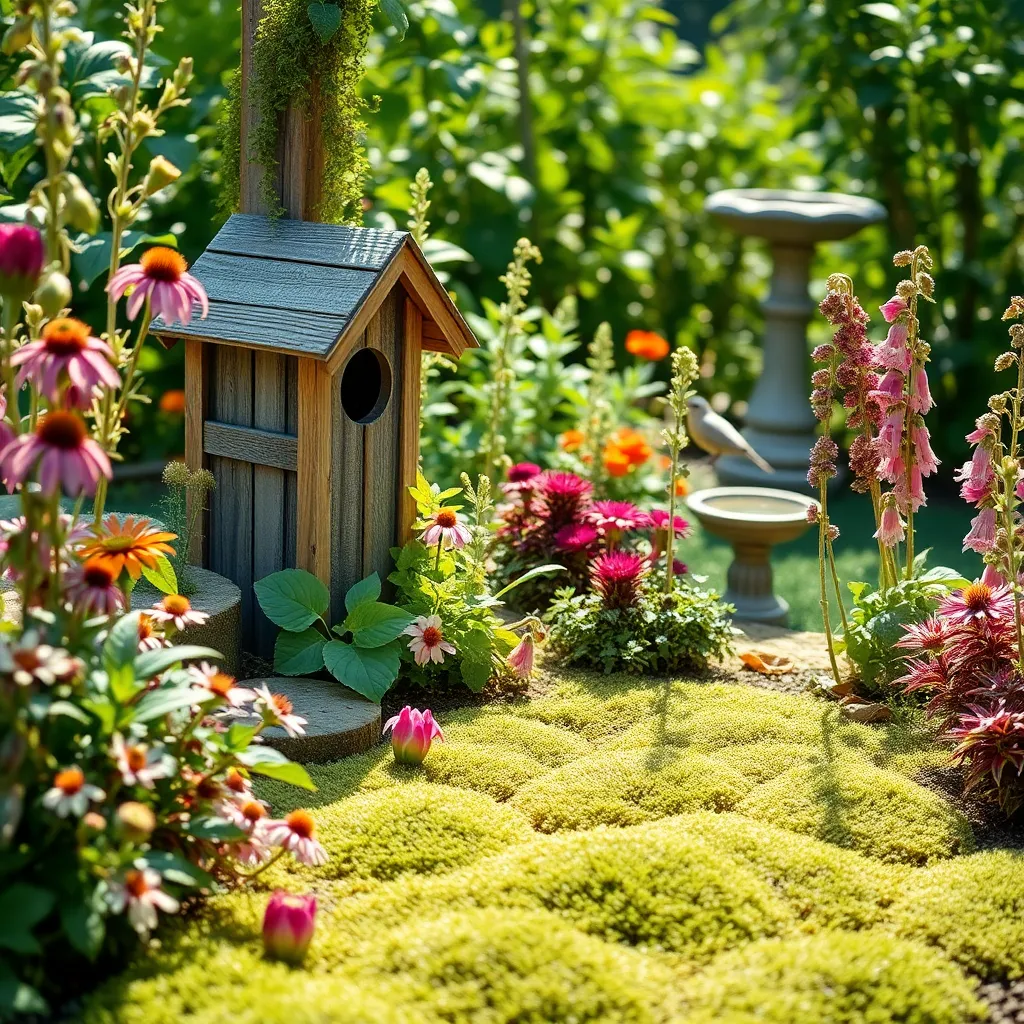
To create safe nesting areas for birds in your garden, start by incorporating a variety of native shrubs and trees. Dense foliage provides essential cover that helps protect nests from predators and harsh weather conditions.
Consider planting species like holly, hawthorn, or dogwood, which offer both shelter and food through berries. For beginners, these plants are relatively easy to grow and require well-drained soil and moderate watering.
In addition to natural plantings, install birdhouses to attract species that prefer enclosed nesting spaces. Ensure the entrance hole size matches the bird species you want to attract, and place the birdhouses in a quiet area away from human activity.
For advanced gardeners, adding a water source nearby can significantly enhance the attractiveness of your nesting spots. A small pond or birdbath not only provides drinking water but also encourages birds to settle in for the long term, especially during dry seasons.
Eliminate Chemical Pesticides
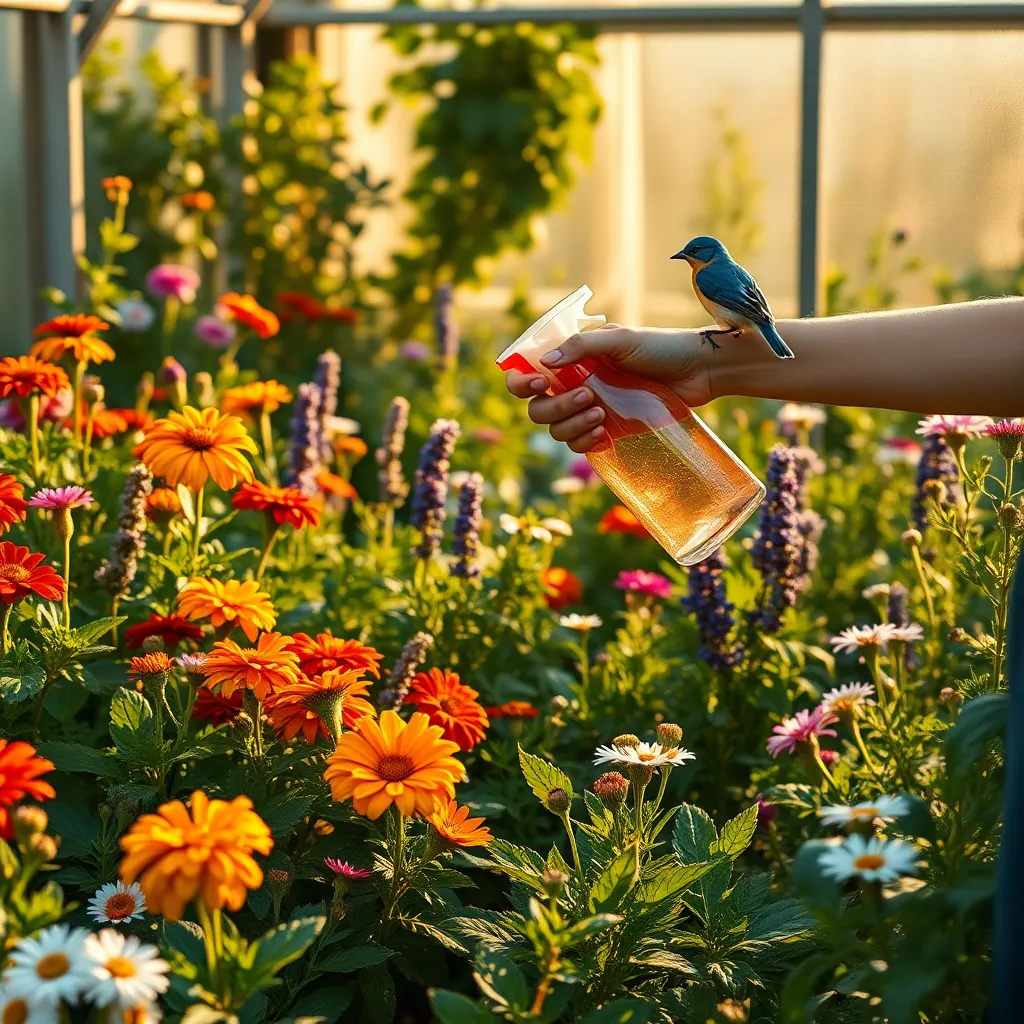
Eliminating chemical pesticides is a crucial step in creating a bird-friendly garden. By reducing or eliminating these chemicals, you not only protect the birds but also promote a healthier garden ecosystem.
Start by introducing natural pest control methods, such as companion planting. For example, planting marigolds alongside vegetables can help deter harmful insects while attracting beneficial ones that birds love to eat.
Incorporate a mix of native plants that naturally resist pests and thrive in your local climate. Native plants are better adapted to the local environment and require less intervention, making them a perfect choice for a low-maintenance, bird-friendly garden.
Additionally, consider using organic mulch to discourage pests and improve soil health. Organic mulch not only retains moisture and suppresses weeds but also provides a habitat for insects that birds can feed on.
Conclusion: Growing Success with These Plants
In cultivating a thriving garden that attracts birds, we explored five essential relationship concepts: understanding the unique needs of your feathered friends, providing a welcoming habitat, offering nourishment, maintaining regular care, and fostering a safe environment. Each of these steps mirrors the principles of nurturing any relationship—be it with nature or people—by being attentive, generous, consistent, protective, and respectful.
Now, as you prepare to transform your garden into a haven for birds, here’s a simple step you can take immediately: identify one native plant or bird feeder to add to your garden this week. This small action can set the stage for a blossoming relationship with your local wildlife.
Remember, the heart of successful relationships lies in the details we nurture over time. Bookmark this article to revisit these insights whenever you need guidance or inspiration. As you embark on this journey, know that your efforts today lay the groundwork for a vibrant, harmonious future. Every small step you take in nurturing these relationships will bring you closer to a garden—and a life—filled with the joyful song of success.

